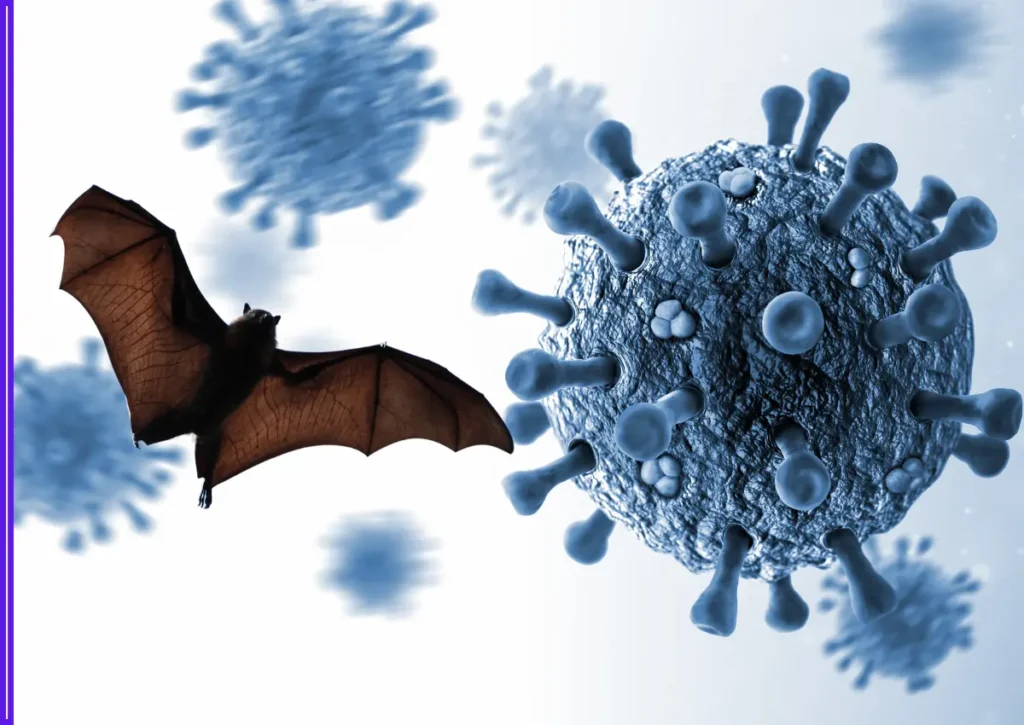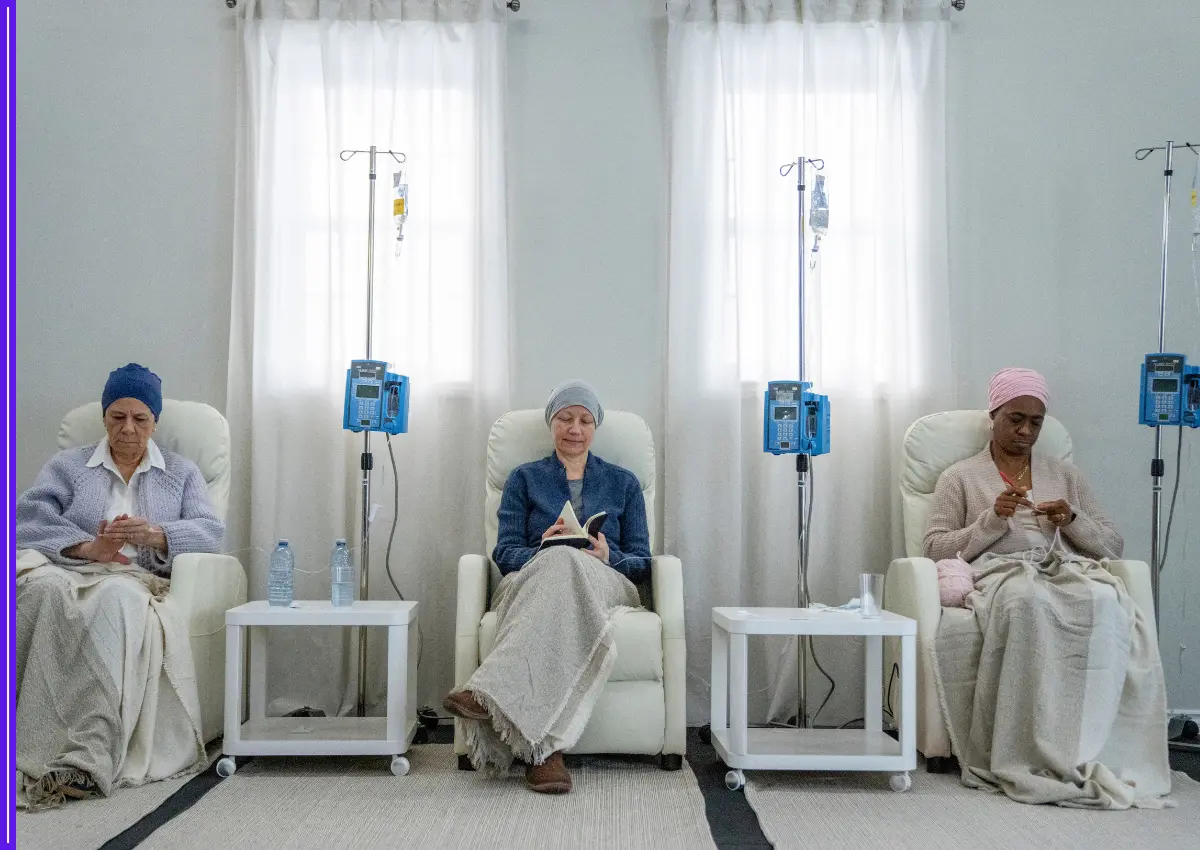In a major breakthrough, Chinese scientists have discovered 20 entirely new viruses in wild bats, some genetically similar to deadly pathogens known to infect humans. The findings, published after an in-depth study of bat populations in Yunnan province, are raising alarms among public health experts due to their potential to spark future outbreaks.
The research, carried out over four years, involved collecting kidney tissue samples from more than 140 bats across ten species. Unlike previous studies that primarily tested bat saliva or feces, this one explored internal organs, revealing a hidden reservoir of viral strains.

Among the newly found viruses are two novel henipaviruses, closely related to Nipah and Hendra viruses—both known for causing brain inflammation, severe respiratory illness, and high fatality rates in humans. The World Health Organization lists Nipah virus as a top emerging disease threat with no approved vaccine.
“This kind of surveillance is essential,” said one of the researchers. “We need to know what’s out there before it finds a way to reach us.”
What’s especially concerning is the location of the viruses: the kidneys. This suggests bat urine could be a key route for virus transmission, a pathway that has been underestimated in past studies.
The bat species tested were found near farmlands, fruit orchards, and human settlements—highlighting the ongoing collision between wildlife and human activity. Scientists say habitat loss and shrinking food sources are pushing bats closer to populated areas, increasing the likelihood of spillover infections.
Health experts are now urging governments to strengthen biosecurity measures, invest in wildlife disease monitoring, and support conservation efforts to reduce human-wildlife contact.
While there’s no evidence that any of these newly discovered viruses have infected humans yet, researchers warn that ignoring these signals could leave the world vulnerable once again.
“The next pandemic may already be hiding in nature,” the study concluded. “And the time to act is now.”






